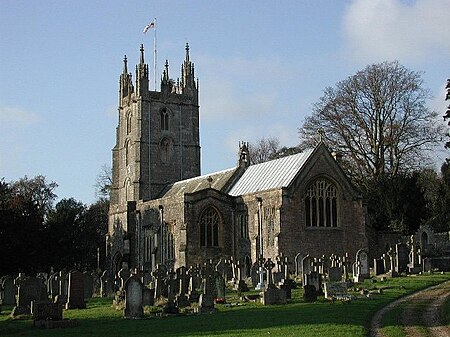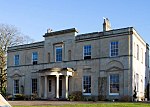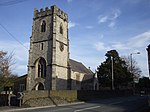Wraxall and Failand
Civil parishes in SomersetNorth SomersetUse British English from July 2012

Wraxall and Failand, formerly just Wraxall is a civil parish in the North Somerset district, in the ceremonial county of Somerset, England. It includes the villages of Wraxall and Failand. In 2011 it had a population of 2,302. On 1 October 1996 the parish was renamed from "Wraxall" to "Wraxall and Failand".The parish contains the remains of Wraxall Camp, an Iron Age settlement that seems to have been a farmstead and is now a listed monument. In Richard II's reign, the village was spelled Wrexhale in the record of a suspicious death.
Excerpt from the Wikipedia article Wraxall and Failand (License: CC BY-SA 3.0, Authors, Images).Wraxall and Failand
Bristol Road,
Geographical coordinates (GPS) Address Nearby Places Show on map
Geographical coordinates (GPS)
| Latitude | Longitude |
|---|---|
| N 51.4402 ° | E -2.7279 ° |
Address
Bristol Road
BS48 1LQ , Wraxall and Failand
England, United Kingdom
Open on Google Maps










